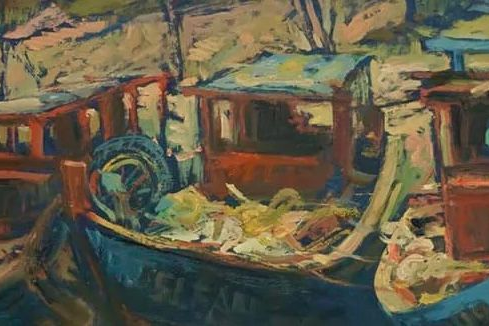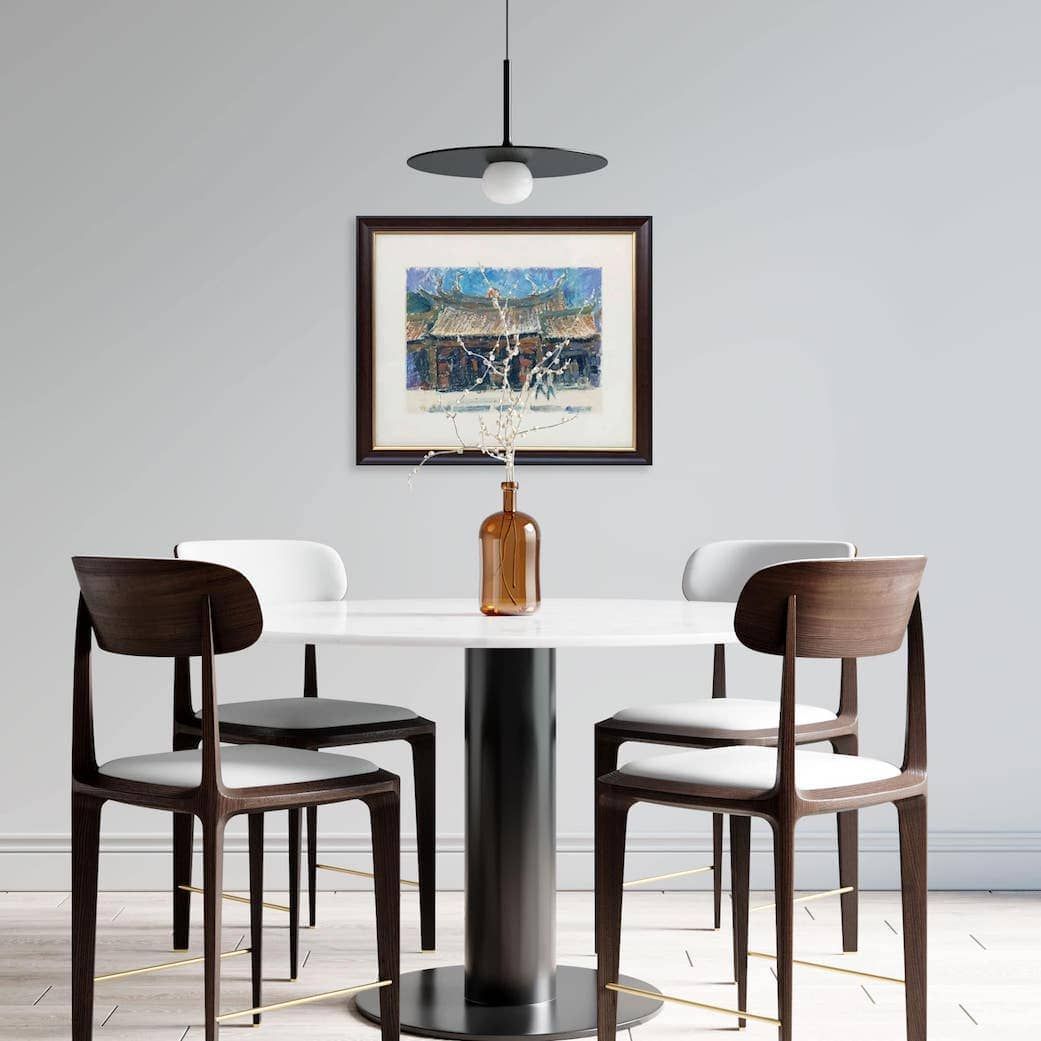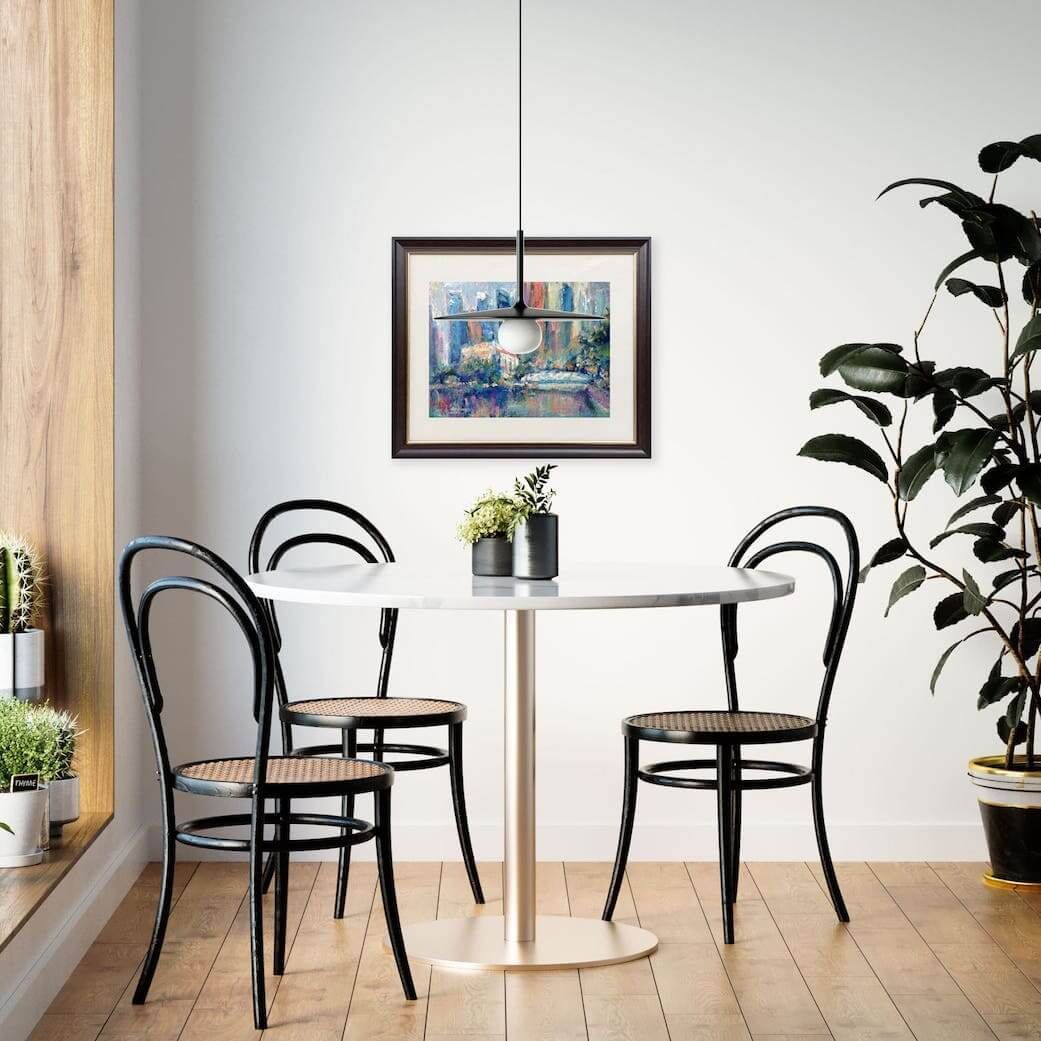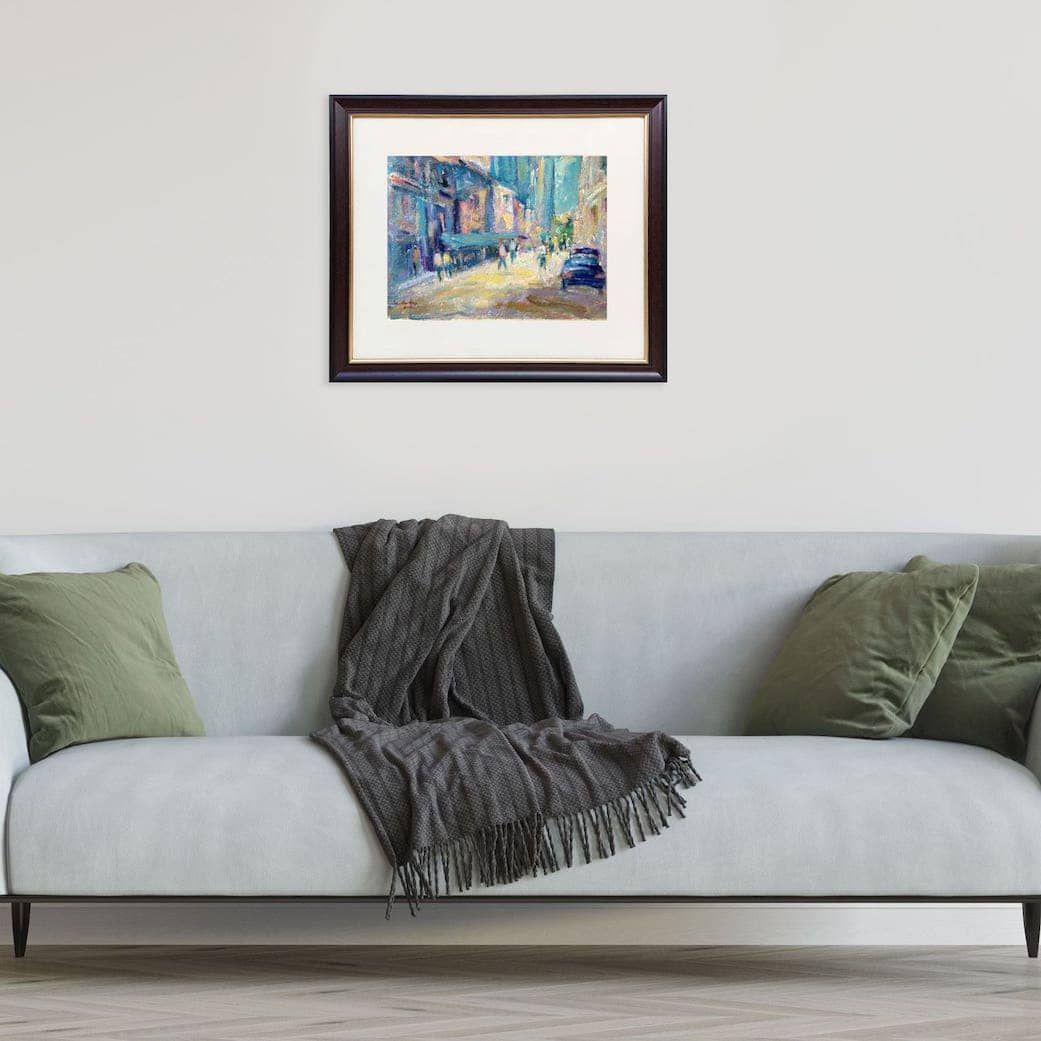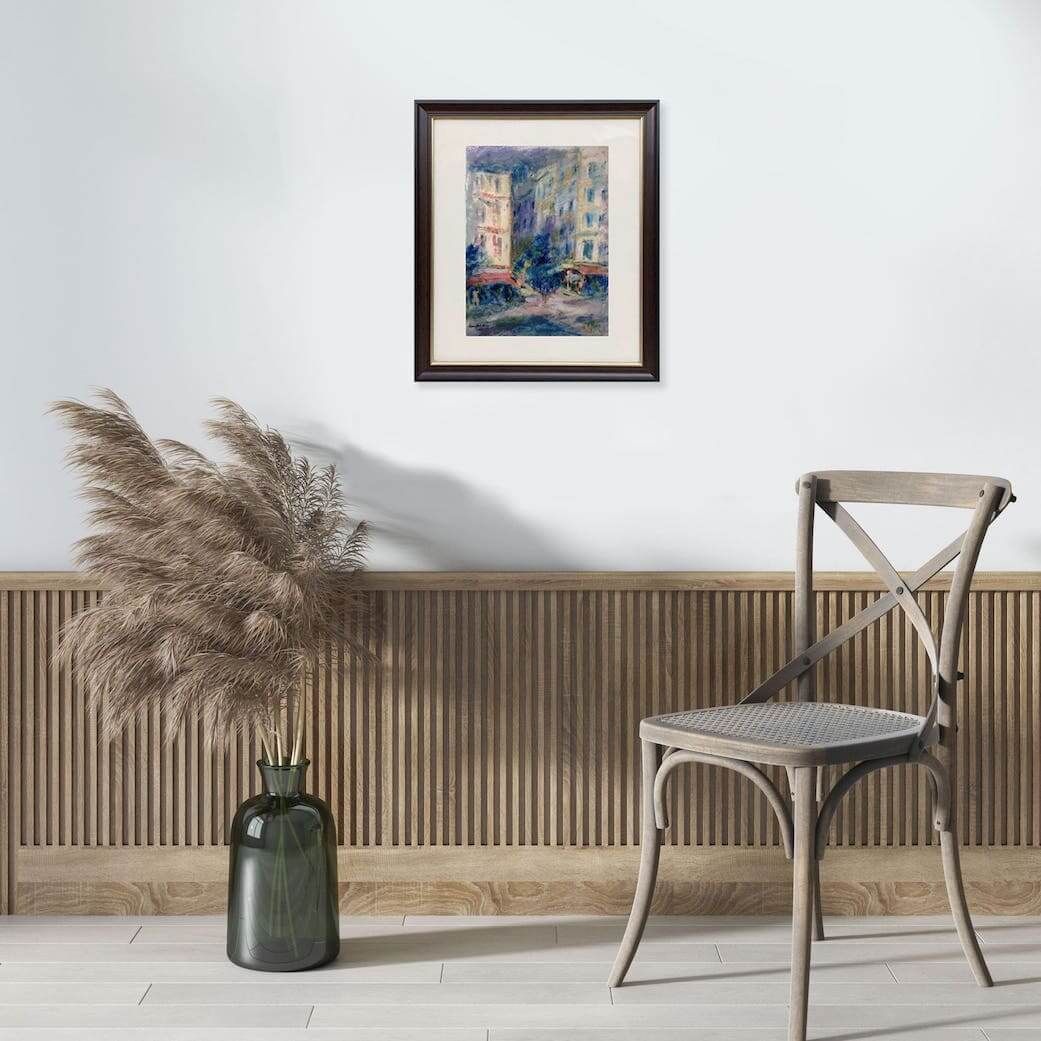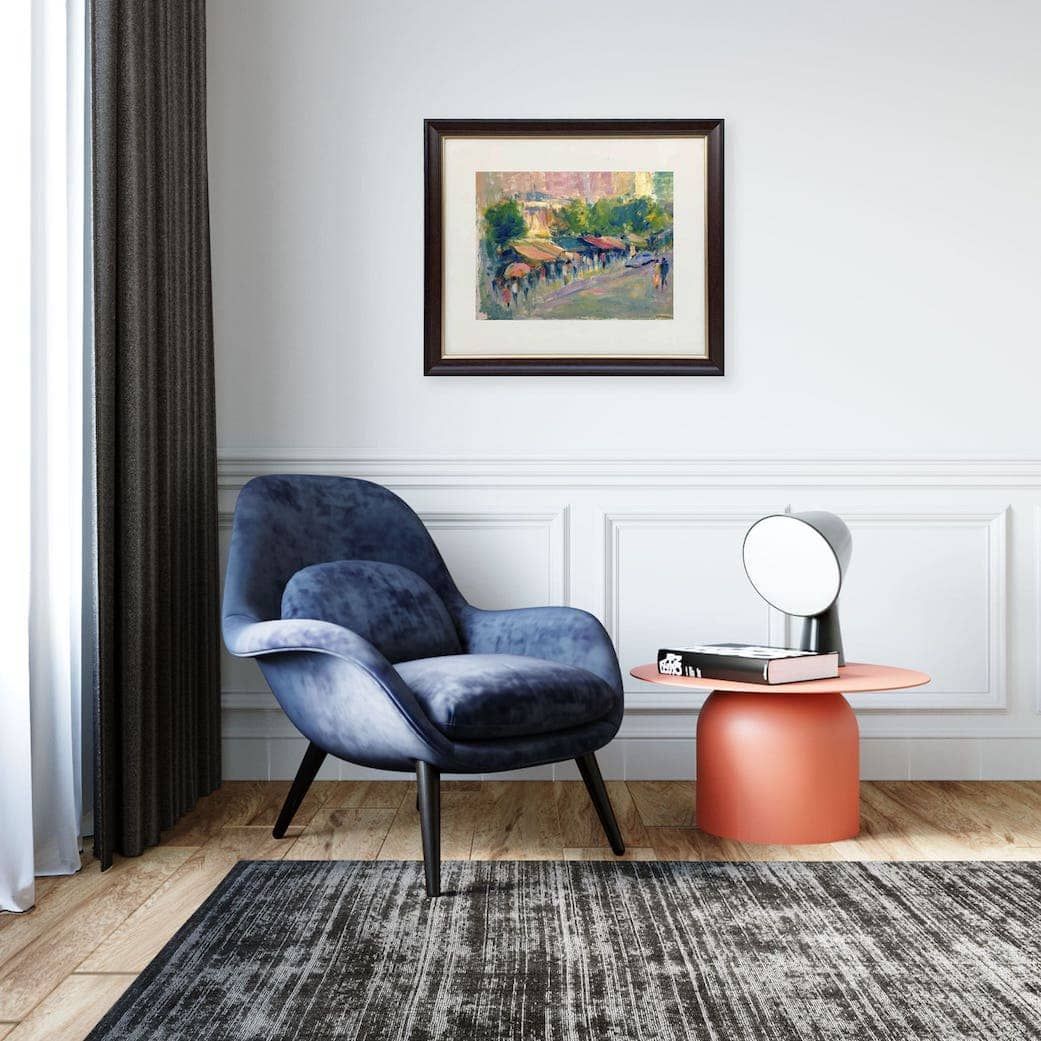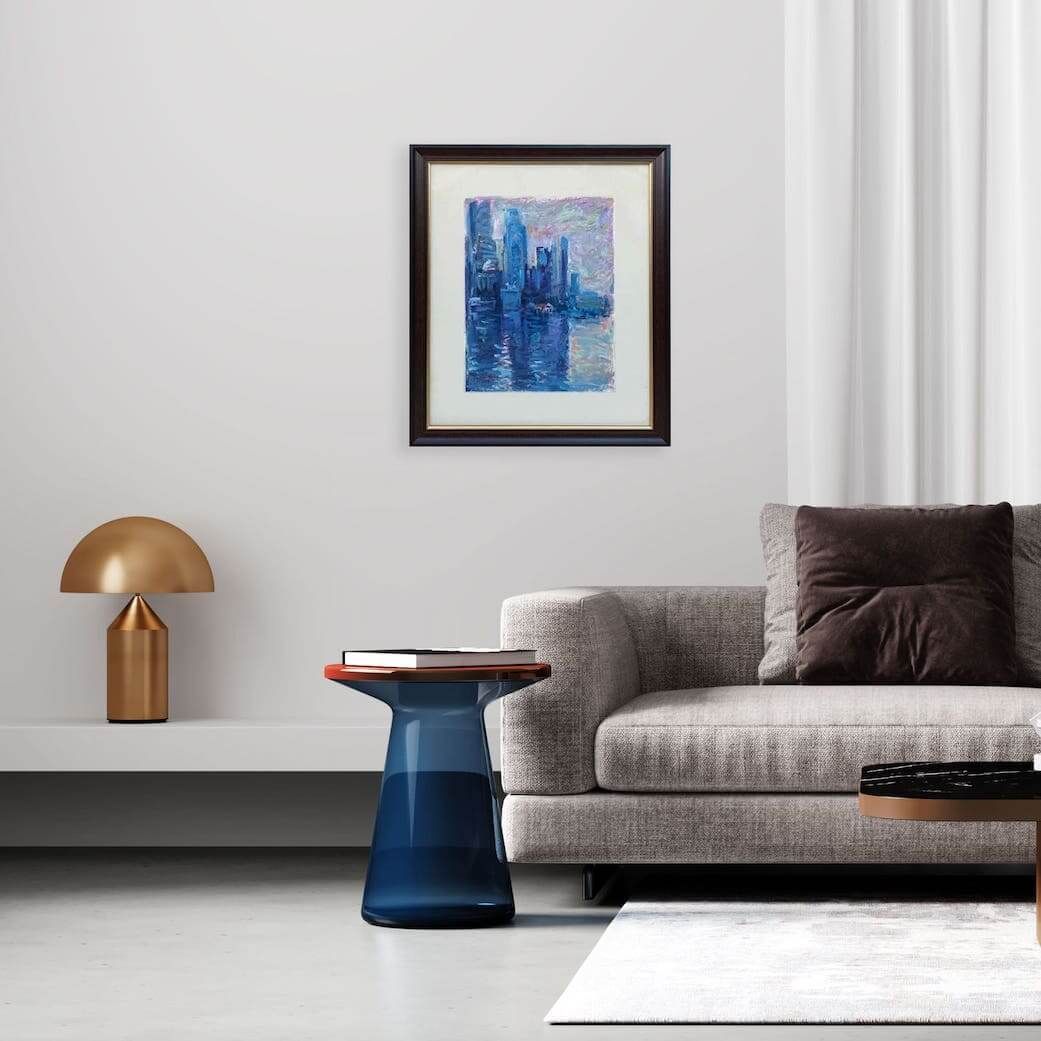Why Should You Have Art at Home
Why Should You Have Art at Home?
Now that we have explored the purpose and value of art, let us bring it closer to home, literally.
You might be thinking, "that is all great for museums, but why should I have art at home?"
The answer is simple: your home is your sanctuary, your personal canvas, and a reflection of who you are.
Bringing art into your living space can profoundly impact your daily life. Let us discuss why having art at home is beneficial.
Here are some compelling reasons to consider decorating your living space with art:
Create a Sanctuary
Your home should be a place where you feel safe, inspired, and at ease.
Art plays a huge role in setting that emotional tone. Art can commemorate a special moment, reflect your values, or remind you of a place you love.
Whether it is a vibrant abstract piece in the living room or a soothing landscape in your bedroom, the right artwork enhances your surroundings and brings balance.
It is a way to make your home truly personal—far more than generic prints from a big-box store ever could.
Personal Expression
Your home reflects who you are, and art allows you to express your personality and taste.
Your home décor speaks volumes about you. Adding art is perhaps the most authentic way to infuse your personality into your space.
By curating a collection of art that resonates with you, you create a space that feels authentically yours.
It is not about following trends; it is about curating pieces that resonate with you.
Whether it is a vibrant abstract painting that energises you, a serene landscape that calms you, or a quirky sculpture that makes you smile, the art you choose becomes a part of your story, enriching your home's narrative.
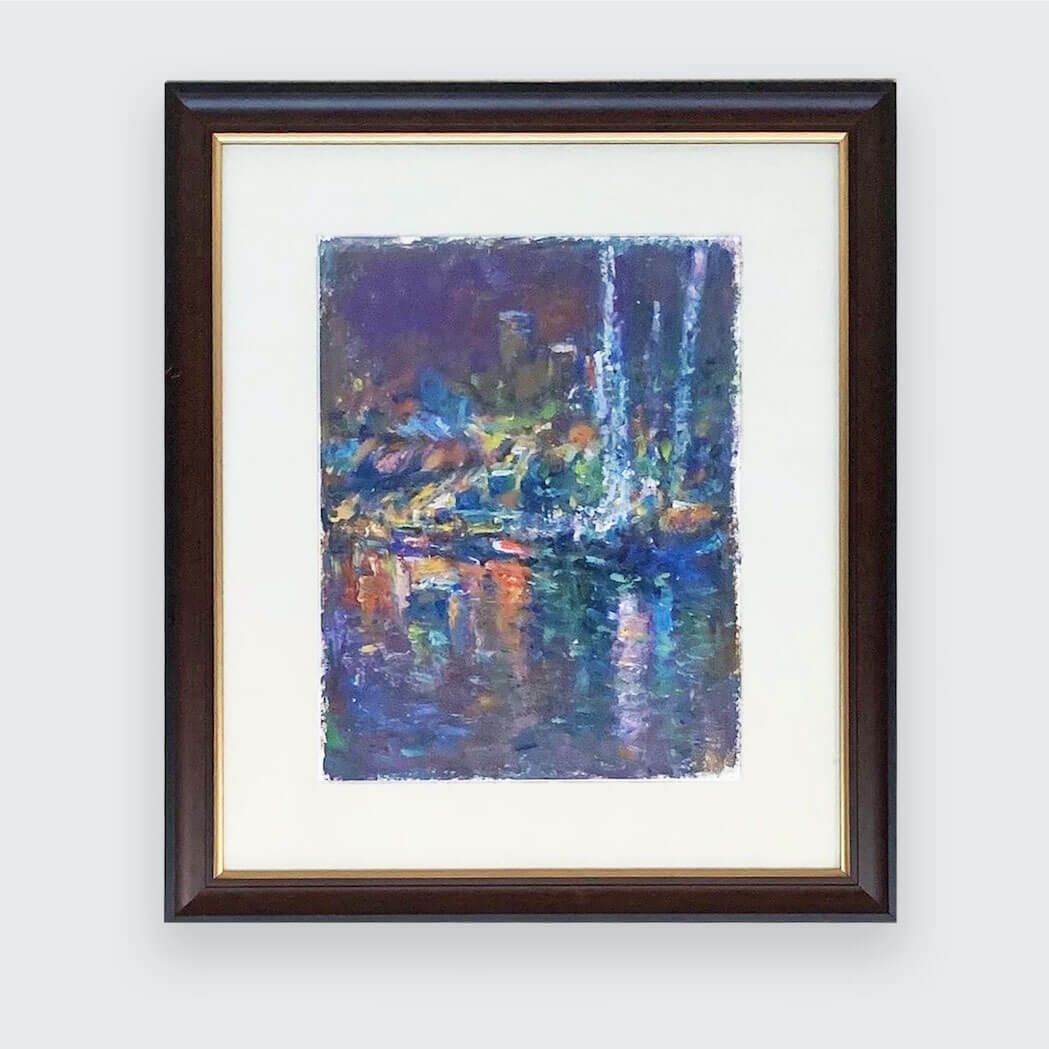
Set the Mood & Create a Welcoming Atmosphere
For many, art creates a sense of comfort and familiarity. Art can transform a house into a home.
It has an incredible power to influence the mood of a room. It adds warmth and character, making your space more inviting for family and friends.
Pieces you have collected over time, or those gifted to you, carry memories and personal significance.
They become visual anchors, grounding you in your space and contributing to a feeling of belonging.
Want to create a calming oasis? Opt for soft colours and flowing forms.
Looking for an energetic workspace? Bold colours and dynamic compositions might be your go-to.
The right piece of art can instantly transform the atmosphere, making your home feel more inviting, stimulating, or relaxing, depending on your desire.
A well-placed piece of art can serve as a conversation starter, encouraging guests to engage and connect with one another.
It is like having a personal mood-setter on your wall!
Encourage Mindfulness & Enhances Well-Being
Having art at home encourages mindfulness and presence.
Taking the time to appreciate a piece of art can ground you in the moment, allowing you to pause and reflect.
This practice of mindfulness can reduce stress and enhance your overall quality of life.
Surrounding yourself with art that you love can significantly boost your mood and overall well-being.
Studies have shown that viewing art can release dopamine, the “feel-good” hormone, leading to feelings of happiness and satisfaction.
By incorporating art into your home, you create an environment that promotes positivity and joy.
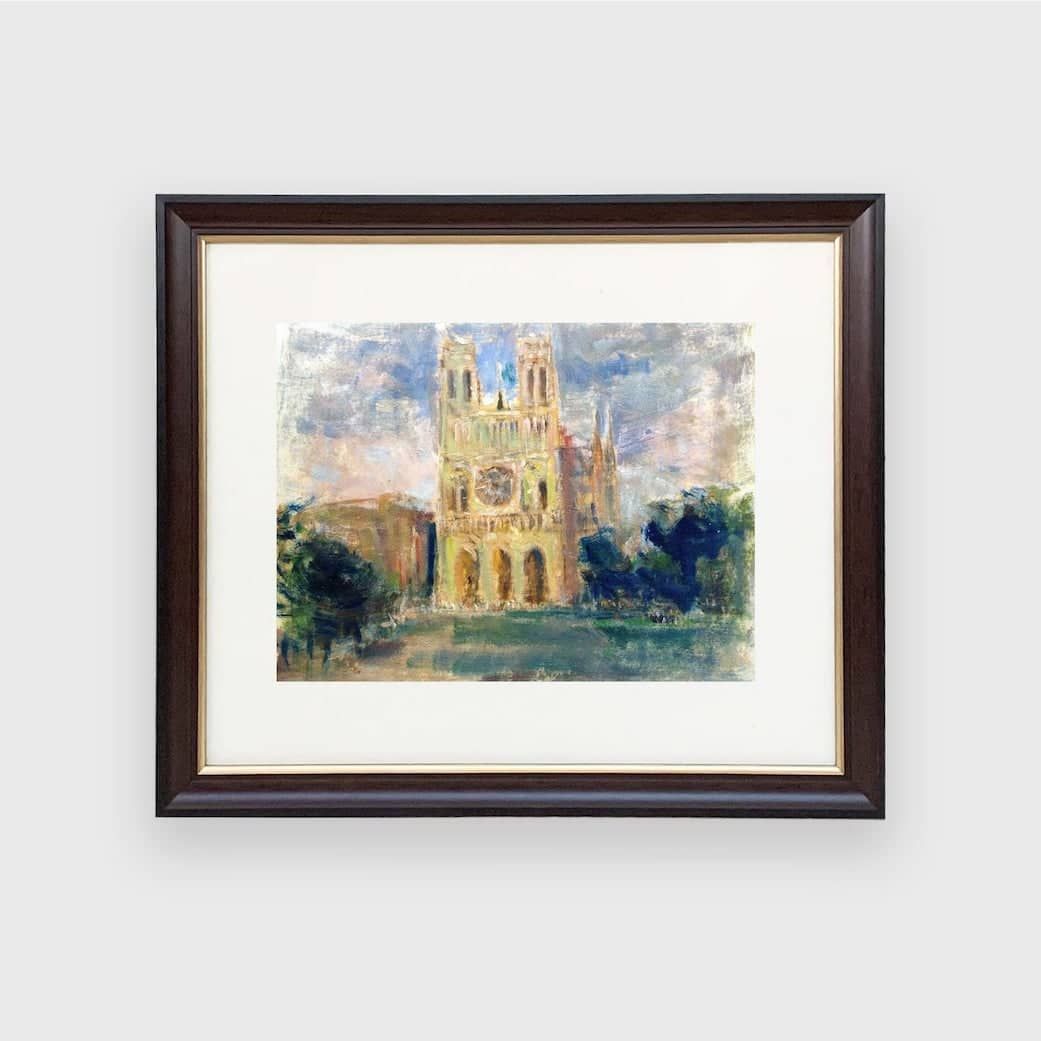
Stimulate Creativity
Imagine waking up to a piece of art that inspires you, challenges you, or simply makes you feel good.
Art at home can serve as a daily dose of inspiration. Having art in your home can spark creativity, encourage contemplation, and offer a moment of pause in our busy lives.
Whether you work in a creative field or just want to encourage imaginative thinking, art can unlock new ideas.
When you are surrounded by beautiful and thought-provoking pieces, you are more likely to feel motivated to explore your own creative pursuits.
Whether it is painting, writing, or any other form of expression, art can provide a fresh perspective, invigorate your mind, and ignite your imagination.
It is a daily reminder to stay curious and to appreciate the world with fresh eyes.
Inspire Conversation & Foster Connection
"Where did you get that?" "What does it mean?" Having friends over? Art is a fantastic conversation starter.
Guests are drawn to interesting visuals and will often ask about the story or artist behind the work.
When friends and family visit, your art pieces offer a natural springboard for discussion, sharing your interests, and even learning more about yourself through the questions others ask.
This creates deeper, more engaging interactions in your space. It fosters connection and creates memorable moments.
Invest in Your Space
Art can also be a smart investment.
While some pieces may appreciate in value over time, the true value lies in the joy and inspiration they bring to your life.
Investing in art that resonates with you means investing in your happiness and well-being.
